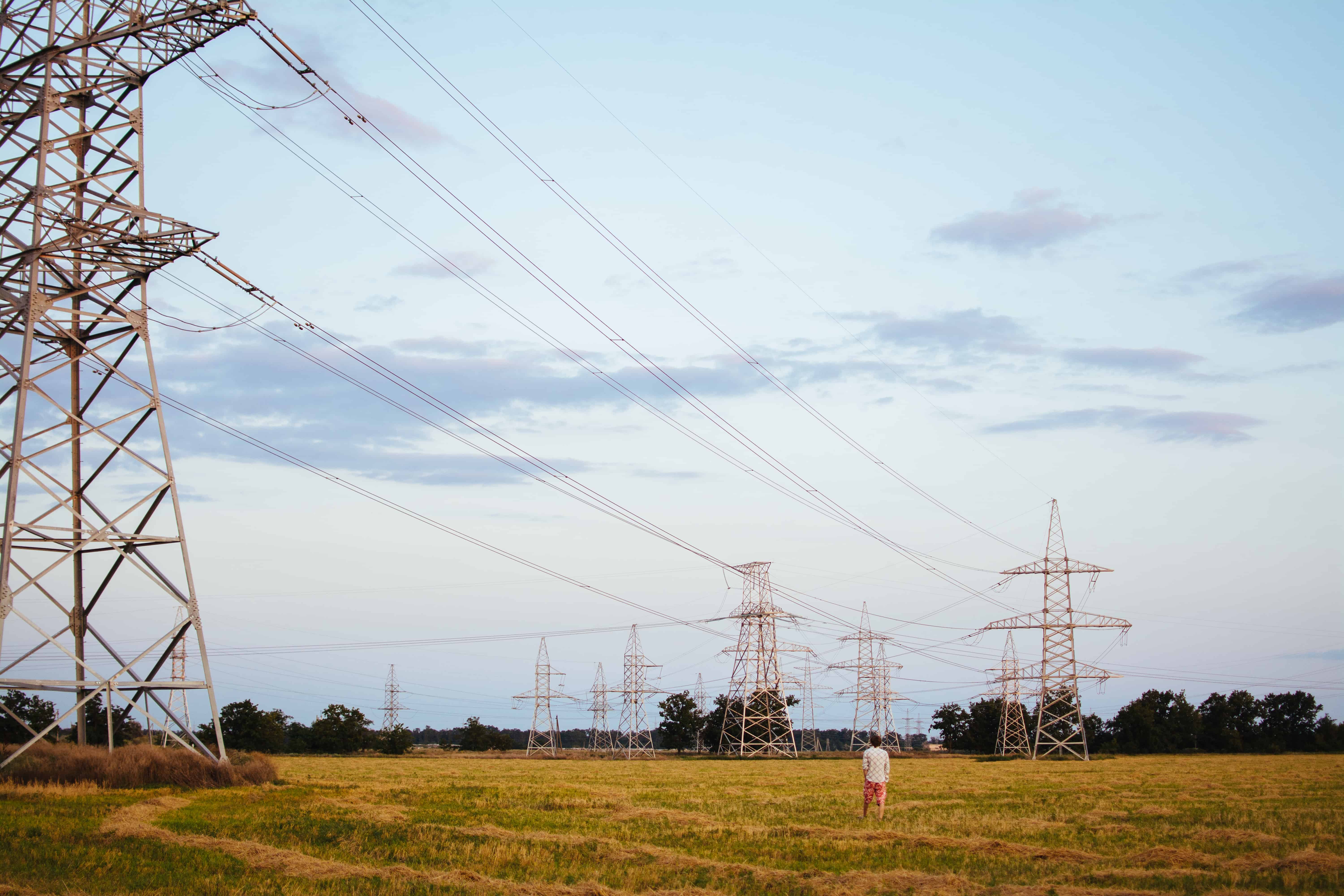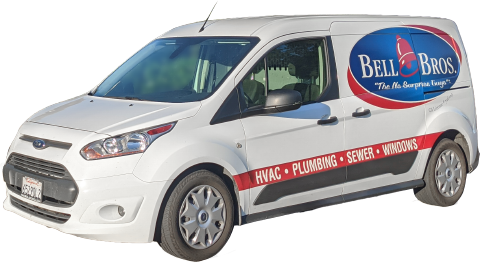How You Can Offset the PG&E 2018 Rate Increase with Energy Efficient HVAC Ductwork
One thing I’ve learned in my career as an HVAC professional is that accidents happen, and this year has been no exception. In January, PG&E discovered 62 gas leaks in distribution lines in Folsom. The local news interviewed residents from the area who said their utility bills were skyrocketing, and they all seemed to suspect the hike was connected to those distribution line leaks.
That’s just speculation, but it is a fact that PG&E has been raising rates steadily for some time now. Gas jumped by 13 percent for the average residential customer last August, according to that same news report, and it went up another half percent in January this year. Meanwhile, electric rates rose by 1.4 percent. Workers quickly repaired the leaks in Folsom, but I think this incident is important because it illustrates a few ideas:
- Power and fuel prices can be volatile.
- The cost of doing business is increasing for energy providers.
- Residents, quite simply, have little control over either of those factors.
What I want to talk about today is something residents do have control over: making their homes more energy efficient. Rising costs can be countered, and even offset, if homeowners take proper steps toward energy efficiency.
A great place to start is with your ducts, responsible for bringing conditioned air from your AC or furnace into your home. Making sure they’re well maintained will keep them efficient, which means your AC or furnace can run less, lowering your bills. And, with a rate increase from PG&E on the horizon in 2018, lowering your energy bill by even a small margin could add up to big savings.
Duct Tales
 Your ducts work hard for you, and are easily one of the most vital components to any HVAC system. Furnaces and ACs condition air, then your ducts carry that heated or cooled air into your home for you and your family’s comfort. They’re as important to maintaining the temperature of your home as a hose is to watering your lawn. It’s much easier to get water through a hose when it’s not blocked or leaking, and the same is true for your ducts.
Your ducts work hard for you, and are easily one of the most vital components to any HVAC system. Furnaces and ACs condition air, then your ducts carry that heated or cooled air into your home for you and your family’s comfort. They’re as important to maintaining the temperature of your home as a hose is to watering your lawn. It’s much easier to get water through a hose when it’s not blocked or leaking, and the same is true for your ducts.
The ducts in your HVAC system need to be properly sealed to work efficiently, otherwise your conditioned air will leak out before ever reaching its destination. Think about the hose again. A well-sealed hose means all the water from your spigot goes straight to your lawn, nothing wasted, while you use less water. The same is true of your AC, which uses electricity to cool air. If the cool air is flowing freely and easily through the ducts, with no leaks, the AC won’t need to use as much electricity to get your desired results.
Dirty Deeds Done by Ducts
I like to listen to classic rock when I’m driving between HVAC jobs, and whenever that old AC/DC song Dirty Deeds Done Dirt Cheap comes on, I start to hear instead “Dirty Deeds Done by Ducts.” I can’t count how many times I’ve serviced an HVAC system that has become inefficient because of its ducts.
Ductwork inefficiencies fall into two categories:
- Airflow restrictions: Exactly what they sound like, airflow restrictions signal that something in the ducts is preventing air from moving freely, meaning the AC or furnace has to be on longer to change the temperature of your home, raising your utility bills.
- Thermal losses: These have more to do with temperature. When this is occurring, the air in the ducts has become so hot that cool air created by the AC is being warmed, or vice versa. As with the airflow restrictions, this means your HVAC system has to run longer to get the proper amount of cool air into rooms.
The common point here is both will raise your power bill, costing you money—an especially painful problem amid ongoing PG&E increases. To make your own home more energy efficient, let’s explore some common causes of the inefficiencies above:
- Leaks: The average home loses between 20 and 30 percent of the conditioned air that moves through its ducts because of leaks, holes, or poor connections, according to Energy Star. If 30 percent of air is lost, that means your AC or furnace is running 30 percent longer to get the same results as if you had sealed ducts. Let’s say your gas bill for January has always been $100. With the 13.5 percent total increase since August, it rises to $113.50. Now, if your system has been losing 30 percent of warmed air through holes in the ducts, and you fix this, that means your bill could potentially drop to $79.45, provided you have a professional find every last leak. This is a pretty significant difference for most energy bill customers.
- Damage: In recent years, it has become common for builders to use flexible plastic air ducts to save on cost. Unfortunately, that material is susceptible to being kinked, crushed, torn, or twisted, which restricts flow and, yet again, makes it harder for HVAC systems to circulate air throughout a house.
- Loose grills: If vents and grills aren’t sealed well at the point where they connect with ducts, it creates another place to lose air before it can warm or cool your rooms—air you’ve already paid to cool or warm.
- Poor insulation: If your ducts aren’t properly insulated, particularly in unconditioned spaces like the interior of walls, attics, or basements, hot outdoor air in the summer can warm them, also warming air passing through them, making it so your AC has to keep burning power to create more cool air. The reverse is also true in the winter with hot air traveling through cold ducts.
Ductwork is often in hard to reach areas of your home, and issues that affect it can be tough for anyone to pinpoint—except the professionals. An experienced technician will have the equipment and know-how to find the inefficiencies, getting straight to the root of the issue. With PG&E’s rates on the rise, the average homeowner should no longer be content to lose between 20 and 30 percent of conditioned air to leaky ducts, especially when efficiency may be just a phone call away.
Sealed, insulated ducts are one of the keys to HVAC energy efficiency. Stop worrying about things you can’t control, like rising utility rates and the occasional service disaster. Instead, tackle things within your power. Have a trained HVAC professional out to your home to assess your ducts and you’ll be sure to keep cooling costs low when things heat up this spring and summer.
Spring is coming, and with it hot weather. Contact the HVAC professionals at Bell Brothers to make sure your house is energy efficient enough to counter rising energy use—and costs.
Image via Rodion Kutsaev / Unsplash

